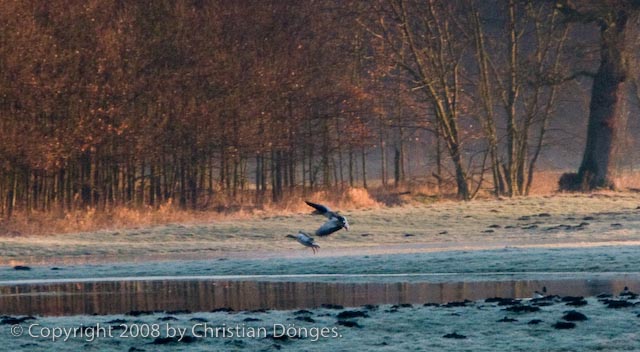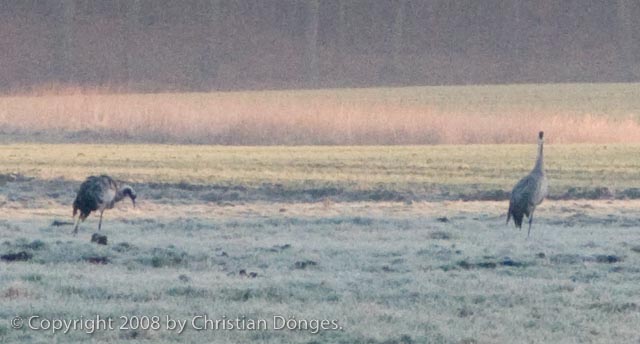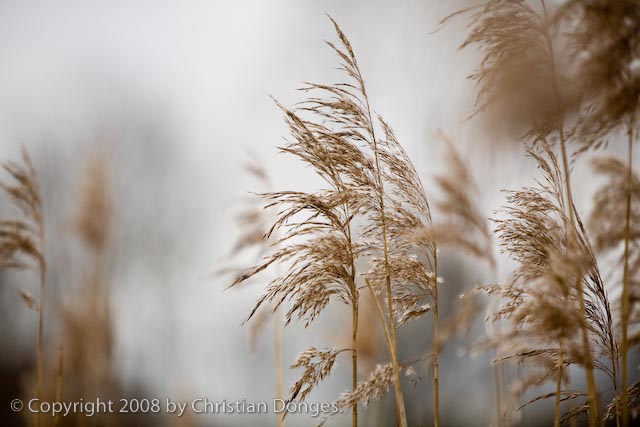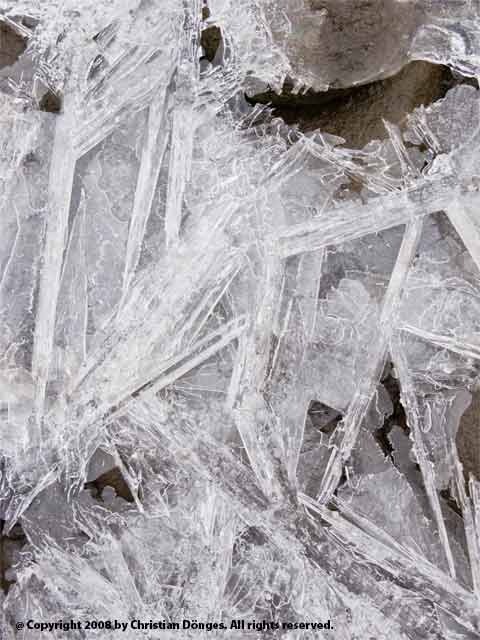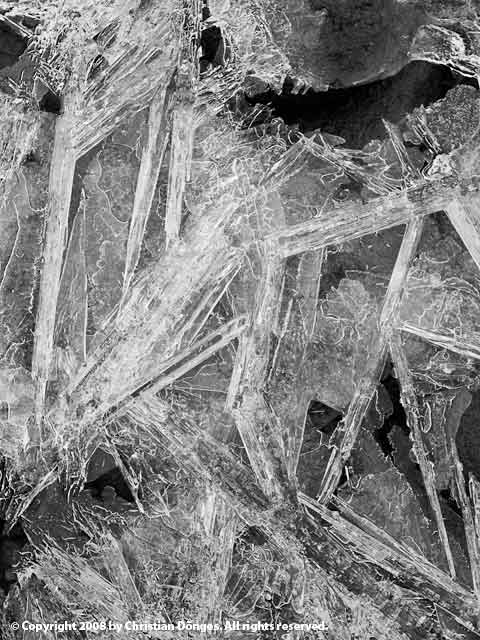A little bit later than Morning Cranes as the sun just began to rise, the first golden beams hit the edge of the forest just as two wild geese landed on the water.
Early in the morning I captured some cranes before sunrise. I love the light airy quality of the pre-sunrise colors. Note the frost on the gras and the way it captures the light.
There is considerable sensor noise from the G9 I used to take the picture. I decided to leave the noise artifacts intact because I like the grainy look which I think underlines the misty, slightly foggy quality of that morning.
While taking a walk, I noticed some gras swaying in the wind. It was amazingly hard to capture what I was looking for – one or two stalks perfectly in focus and the others blurred either because of motion or because of depth of field issues.
The depth of field for the lens at aperture 2.8 was minimal at the given distance. This was intended to achieve the desired effect, but it had the consequence that the swaying of the grasses in the wind made it almost impossible to focus. So I pre-focused and tried to capture the stalks as they passed through the plane of focus.
The image is not exactly what I was looking for, but it is pretty close.
While out for a walk, I saw ice on the water surface and some rocks. This is one of the images of the series, “Rocks and Ice XXI” as it came from the camera (the raw converter, actually).
Here is what the image looks like after some mild editing:
The web version looks pretty good, but I am still not entirely happy with the way the prints for this series are turning out. The prints lack the final bit of “punch” that I’m looking for. I think a lot more time in Photoshop is called for …Â
My sensor measurement series (G9 and 5D) continues. This time, I measured a Konica-Minolta DiMAGE A2, a 8MP camera which was introduced in 2004. How does it compare to a modern 12MP Canon G9?
| Konica-Minolta DiMAGE A2 |
Canon G9 | |
|---|---|---|
| ISO 64 / 80 | 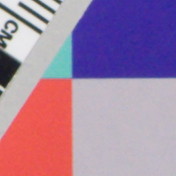 |
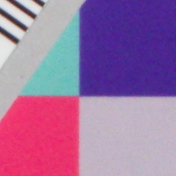 |
| ISO 100 | 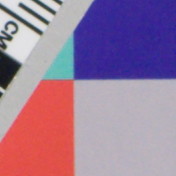 |
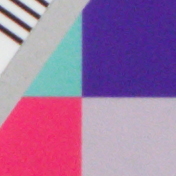 |
| ISO 200 | 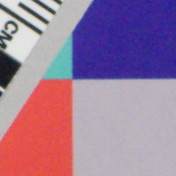 |
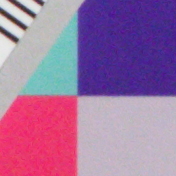 |
| ISO 400 | 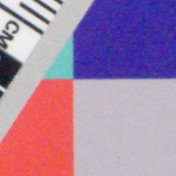 |
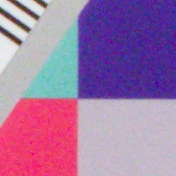 |
| ISO 800 | 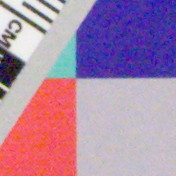 |
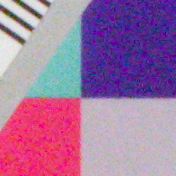 |
| ISO 1600 | N/A | 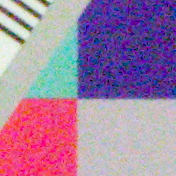 |
Up to ISO 100 there is little difference between the cameras. At ISO 200 and above the 12MP sensor of the G9 shows more noise than the 3 year older 8MP sensor of the A2.
According to dpreview.com the DiMAGE A2 has a 2/3″ (8.80 x 6.60 mm) sensor. The G9 sensor is a 1/1.7″ (7.60 x 5.60 mm) unit. In other words: the pixel pitch is much smaller on the G9. Noise seems to be inversely proportional to the pixel pitch, so it is not surprising that the G9 does worse than the A2.
What happens when the images are run through Noise Ninja?
| Konica-Minolta DiMAGE A2 (Noise Ninja) |
Canon G9 (Noise Ninja) |
|
|---|---|---|
| ISO 64 / 80 | 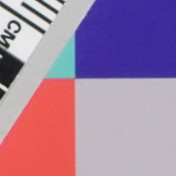 |
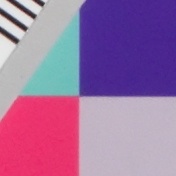 |
| ISO 100 | 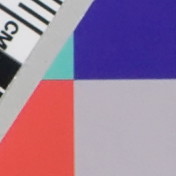 |
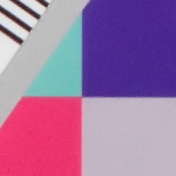 |
| ISO 200 | 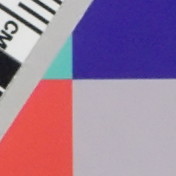 |
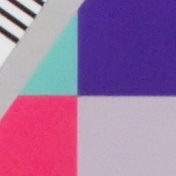 |
| ISO 400 | 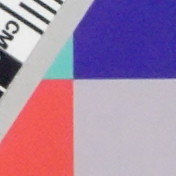 |
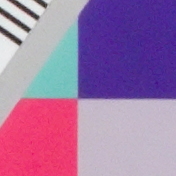 |
| ISO 800 | 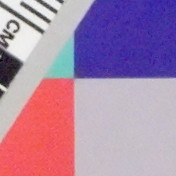 |
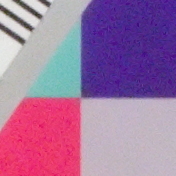 |
| ISO 1600 | N/A | 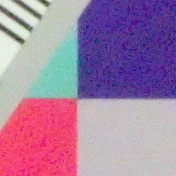 |
Up to ISO 200, there is little difference between the cleaned up images. At ISO 400 there is slightly more noise in the G9 image, but the difference is very slight. At ISO 800 the A2 image seems definitely cleaner than the G9 image.
I am surprised that in three years there is no improvement in sensor noise. Well, there might have been if you where to create a 2/3″ 8MP sensor with todays technology, but unfortunately there is no such product.

